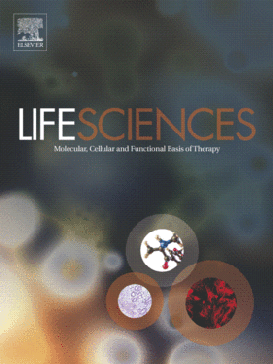
“Accumulating studies have linked inflammation to tumor progression.
Dietary omega-3 fatty acids including docosahexaenoic acid (DHA) have been shown to suppress tumor growth through their conversion to epoxide metabolites. Alternatively, DHA is converted enzymatically into docosahexaenoylethanolamide (DHEA), an endocannabinoid with anti-proliferative activity.
Recently, we reported a novel class of anti-inflammatory DHEA-epoxides (EDP-EAs) that contain both ethanolamide and epoxide moieties. Herein we evaluate the anti-tumorigenic properties of EDP-EAs in an osteosarcoma model.
First, we show ~80% increase in EDP-EAs in metastatic lungs versus normal mouse lungs. We found significant differences in the apoptotic and anti-migratory potency of the different EDP-EA regioisomers, which are partly mediated through cannabinoid receptor 1 (CB1).
Furthermore, we synthesized derivatives of the most pro-apoptotic regioisomer. These derivatives had reduced hydrolytic susceptibility to fatty acid-amide hydrolase and increased CB1 binding.
Collectively, we report a novel class of EDP-EAs that exhibit anti-angiogenic, anti-tumorigenic and anti-migratory properties in osteosarcoma.”
https://www.ncbi.nlm.nih.gov/pubmed/29856219
https://pubs.acs.org/doi/10.1021/acs.jmedchem.8b00243







